Imagine: you are the CFO of a billion-dollar enterprise. Recently, the demands from your Sales and Marketing leaders got louder and brasher. They really want to utilize a digitally integrated sales and marketing backbone. In fact, they say they can’t achieve their targets for this year only by relying on the old non-integrated zoo of software applications. And deep in your heart, you know they are spot on. However, you also know that the conglomerate of systems produces a data nightmare. How should IT consolidate – ever – all data into a powerful target platform? This Data Dilemma is very complex and too often discussed only with a technical view. This makes you scared about all the data movements. Somehow you know, you must escape this dilemma to get your company onto the right path to digital integration. Consolidation of data must not be a reason for your nightmares.
While your focus on the company’s financial health drives your priorities, your education and experiences within the technology space might be thin, potentially outdated for many years. And you know, the limited focus on data and integration were the root causes for sprawling software applications running now on a conglomerate of IT systems. While this disarray wasn’t mandatorily your fault, the absence of clear focus and guidance impacted your bottom line. And it led to the situation of demanding and unsatisfied Sales and Marketing leaders!
Let me step back here a bit to develop the larger picture starting with the ‘ease of data consolidation.’
Consolidation of applications or systems always happens during business process improvements, implementations of innovations, or ‘reaching the ceiling’ of the old system environments. What scares you from embarking on the change path can be put easily into questions: “What shall I do with the data of the consolidated applications?” and “How do I fix the knowingly bad data quality?”
You know that the data quality of the different systems is far off ‘good.’ There exist duplicate records, even with master data, across the various ‘island’ systems. There exist empty data fields and wrongly formatted data tuples. And you know that data templates for ensuring consistent data formats don’t exist across all these systems, leading to mismatches of specific data fields such as address information and phone numbers.
And then, as your biggest fear, what should you do with the old data? In fact, any data consolidation scenario is also a matter of data retention. Maybe the historical information is needed down the road, and maybe there was even privacy data stored. Today, with the privacy data laws, such as the GDPR, the VAPA, or the CCPA, complete protection of personal data against data abuse and cybercrimes is enforced. You know that you can’t keep the historical data untouched sitting somewhere in old systems.
You need to consolidate the data, all data, and afterward, you need to decommission all old IT systems. This approach protects your Crown Jewels, and it makes your business case.
While consolidating the data, you would split the data portions into two buckets: the old data (that often make up to 90% of the total) and the production data. During the initial data transfer, the data migration engine or platform should be capable of moving all the data from any source system to a data staging area.
It should automatically capture all data object definitions and metadata from the source systems preserving its business contexts. For example, the personnel number is a unique identifier within typical ERP or HCM systems. An SAP system, however, uses the personnel number across more than 1,000 database tables. The migration platform must automatically identify these data types, business meanings, and correlations, representing the full view of the entity ’employee’ eventually.
After consolidating all data into ONE single-source-of-truth location, the split of the data into historized and productive data should be a non-event. Figure 1 shows an example of this data consolidation concept with the JiVS IMP Data Platform.

Do you need to be scared about your company’s data journey? My answer to you is Yes and No.
YES, because you should start sooner rather than later to propel yourself into the driver’s seat of your company’s digitization journey. And sometimes, these actions are more war than peace.
And NO, because there are data migration platforms out there that support quick and easy data consolidation and data historization at the push of a button. And selecting the right data platform provides you well-deserved peace of mind.

